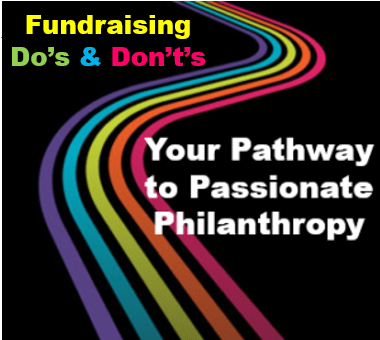Is Your Nonprofit Inadvertently Creating Stranger Danger Due to Coronavirus
 I’ve been writing since this pandemic began about the importance of staying connected to donors right now.
I’ve been writing since this pandemic began about the importance of staying connected to donors right now.
Especially right now.
Empathically connected.
Humanly connected.
Dependably connected.
Now is no time to go dark on folks.
Not when they most need social connection!
Please take heed and, when it comes to your donors, don’t be a stranger.
Social Distancing Does Not Justify Donor Distancing
There are many aspects of staying connected with donors during this pandemic, and I’ve covered a lot of them in past articles. [See here, here, here and here for just some ideas; I have more!] Holding virtual events. Making thank you calls. Calling supporters to check in. Offering participation opportunities like town halls, community conference calls, zoom focus groups, engagement surveys and so forth.
But there’s one area I haven’t covered, because I didn’t think I needed to. Apparently, I do. Why? Because social isolation is changing us in unforeseen ways. And it’s messing with our minds in a way that comes out in our verbal expression.
Because there is so much emphasis on staying separated from others, and taking care of ourselves, this ‘separation mindset’ is creeping inexorably into our psyches. What do I mean?
Details






 Who doesn’t love a holiday?
Who doesn’t love a holiday?
 The Unfair Exchange
The Unfair Exchange

 What’s in a name?
What’s in a name?